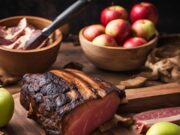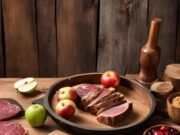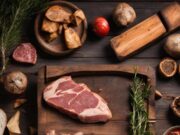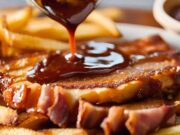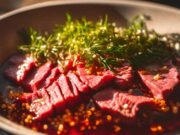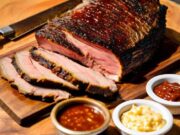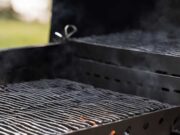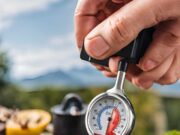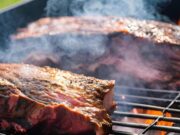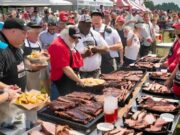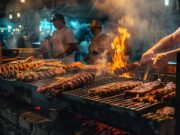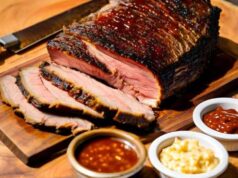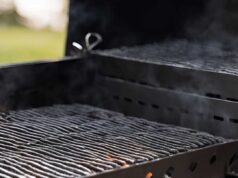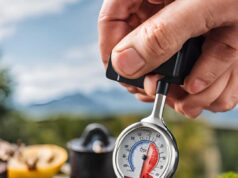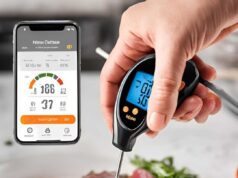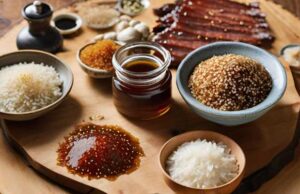Barbecuing is both an art and a science, and understanding the nuances of heat management can significantly enhance your grilling skills.
This discussion will cover the two primary cooking techniques—direct and indirect heat—and how each method can affect your BBQ results. You will gain insight into the fundamentals of each technique, including when and what to cook for optimal flavor and texture, ultimately enhancing your outdoor cooking experience.
Whether you are a seasoned pitmaster or a casual weekend griller, mastering these techniques will enable you to create mouthwatering meals every time you ignite the grill.
Key Takeaways:
- Direct heat cooking involves placing food directly over the heat source, resulting in a quick and intense cooking method that is best for thinner cuts of meat and vegetables.
- Indirect heat cooking involves placing food away from the heat source, creating a slower and more even cooking method, ideal for larger cuts of meat and delicate foods.
- Combining direct and indirect heat techniques allows for versatility in BBQ cooking, with the ability to adjust the heat to suit different types of food and achieve the desired level of doneness.
Understanding BBQ Heat: Direct vs. Indirect
In the realm of grilling, understanding BBQ heat is essential for achieving optimal results. It encompasses two primary methods: direct heat and indirect heat, each serving distinct applications and advantages.
Direct heat cooking involves placing food directly over the fire source, which maximizes heat transfer for fast searing and impressive grill marks. On the other hand, indirect heat cooking utilizes the surrounding heat in the grill, permitting longer cooking times and accommodating more delicate food items, such as fish and vegetables.
What is Direct Heat Cooking?
Direct heat cooking is a grilling technique in which you place food directly over the heat source. This method allows for high temperatures, making it ideal for searing meat and achieving those desirable grill marks. You will often find this technique used during cookouts for quickly preparing items like hamburgers and kebabs, which helps create a flavorful crust while retaining the natural juices within the meat.
The advantage of this technique lies not only in its speed but also in its ability to produce a mouthwatering char that enhances the food’s natural flavors. It is particularly effective for tender cuts of meat that require less cooking time, making it perfect for steaks, chicken breasts, and fish fillets.
When employing direct heat cooking, it is crucial to pay close attention to cooking times, especially with thicker cuts. Using a meat thermometer can ensure that the internal temperature reaches safe levels for consumption—generally 165°F for poultry and 145°F for most meats. This practice helps prevent foodborne illnesses while maximizing the tenderness and juiciness that this method promotes.
What is Indirect Heat Cooking?
Indirect heat cooking is a technique utilized in BBQ that involves cooking food away from the direct flame, relying on surrounding heat for a gentler cooking process. This method is particularly effective for larger cuts of meat, such as ribs and brisket. By using indirect heat, you not only achieve even cooking but also enhance the smoky flavor, making it a preferred choice for grilling enthusiasts who desire tender, flavorful dishes without the risk of burning.
By employing this approach, you can manage the temperature with greater ease, creating a consistent heat environment that facilitates better heat transfer. This is especially beneficial when working with items like whole chickens, pork shoulders, or even delicate vegetables, as they can greatly benefit from the slow roasting effect.
For instance, when you utilize a two-zone fire setup on a grill, proteins can be seared over direct heat before being moved to the cooler side to complete the cooking process. This versatility not only optimizes texture but also preserves moisture, allowing the natural flavors of the ingredients to shine through.
Whether you are hosting a backyard cookout or participating in a competitive barbecue event, understanding indirect heat methods can significantly elevate your overall grilling experience.
The Benefits of Direct Heat in BBQ
Direct heat in BBQ provides numerous benefits that can significantly enhance your grilling experience. This method facilitates faster cooking times and allows for effective flavor infusion in food items like steaks and burgers. It is particularly beneficial for achieving the signature char flavor and crispy texture that grilling enthusiasts seek.
As such, mastering this technique is essential for any successful cookout.
When to Use Direct Heat
Understanding when to use direct heat is essential for any grilling method. This technique is particularly advantageous when cooking items that benefit from high temperatures and quick cooking times, such as hamburgers and kebabs. By using direct heat, you can ensure that the exterior is beautifully caramelized while the interior remains juicy, maximizing the overall flavor and texture of the meat.
Direct heat grilling is also ideal for preparing delicate foods like fish fillets or shrimp, allowing them to achieve a lovely sear without the risk of overcooking. When grilling vegetables, consider utilizing direct heat for items like asparagus or bell peppers, as this method enhances their natural sweetness and imparts a desirable char.
Employing a high-temperature technique like this is perfect for achieving those coveted grill marks on steaks, which not only improve presentation but also deepen the flavor. Ultimately, using direct heat for these specific items can elevate a meal into a culinary experience, emphasizing both taste and satisfaction.
Types of Foods Best Suited for Direct Heat
In direct heat cooking, certain food items excel because they cook quickly and develop a flavorful crust. Steaks, pork chops, and even some vegetables are prime examples. Utilizing direct heat on these items enhances their natural flavors and ensures they are cooked to perfection, maintaining their tenderness and juiciness.
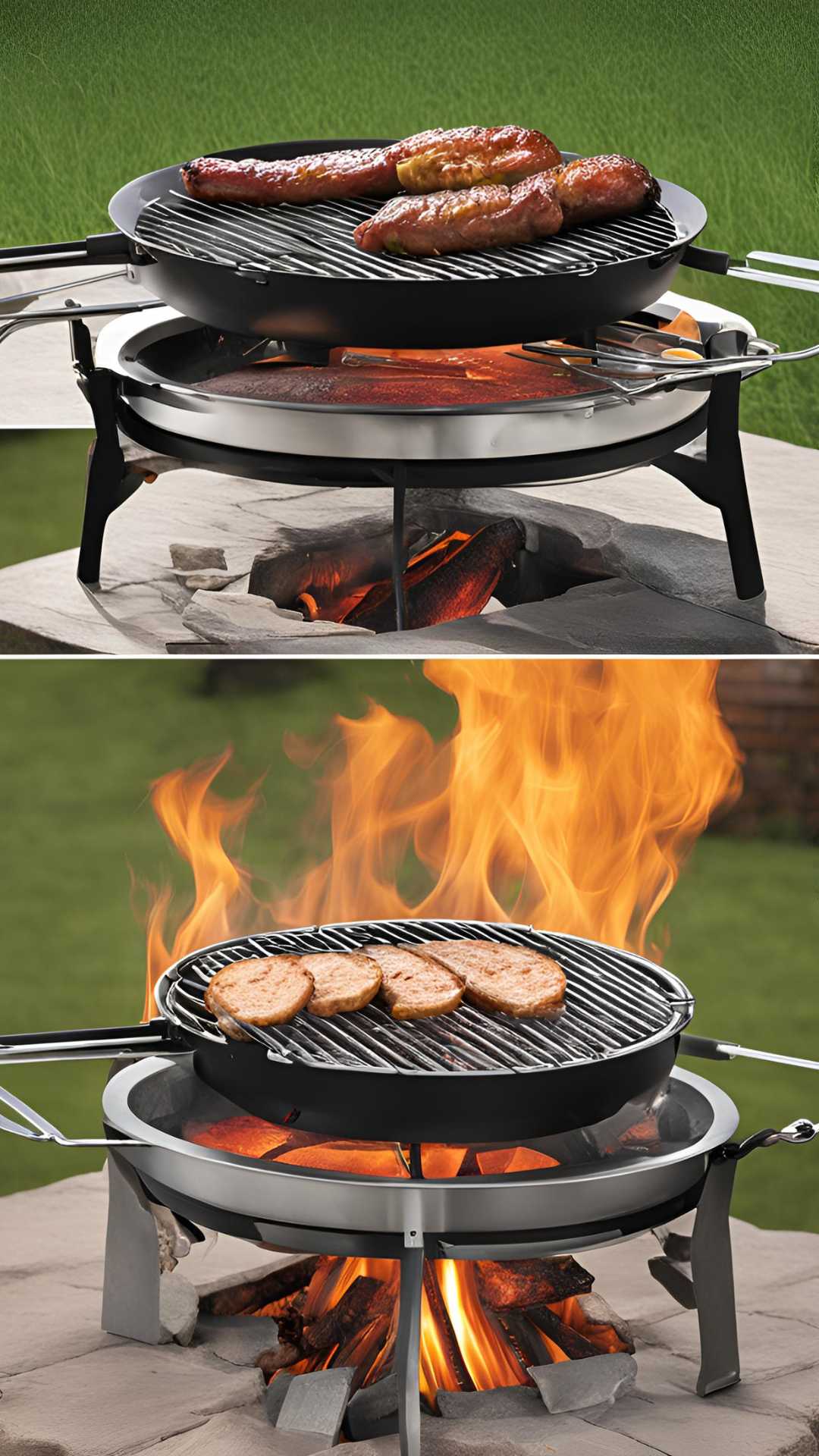
This cooking method is particularly advantageous for chicken breasts, which achieve a delightful char on the outside while remaining moist and succulent inside. Seafood, such as shrimp and salmon, also thrives with direct grilling; the high heat creates delightful caramelization and intensifies their fresh, ocean-inspired essence.
Kabobs made from colorful peppers, onions, and marinated meats not only offer a feast for the palate but also present a visually appealing option for gatherings. Grilling corn on the cob directly allows the sugars to caramelize, resulting in a sweet and smoky flavor, while firm vegetables like zucchini and asparagus can acquire a char that enhances their overall taste.
These choices not only elevate the dining experience but also represent a healthy cooking method that captures robust flavors without the need for excessive oil or fat.
The Benefits of Indirect Heat in BBQ
The benefits of using indirect heat in BBQ are numerous, making it an invaluable cooking method for grilling enthusiasts who aim to produce tender meat with a rich smoky flavor.
This technique is particularly effective for larger cuts of meat, as it allows for slow cooking that evenly distributes heat throughout the meat, infusing it with flavors while minimizing the risk of overcooking.
When to Use Indirect Heat
Knowing when to use indirect heat is essential for effective grilling, particularly for larger cuts of meat that require longer cooking times and careful monitoring, such as brisket and whole chickens. This method ensures that the meat cooks thoroughly while retaining its natural juices and flavor, ultimately enhancing food safety and quality.
When preparing ribs or roasts, this technique allows for even cooking while minimizing the risk of burning. Indirect heat is especially beneficial for more delicate foods, like fish and vegetables, which can easily scorch over direct flames.
By employing a two-zone fire setup, you can sear the food and then move it to a cooler side of the grill, allowing it to finish cooking gently. This approach not only helps achieve the desired doneness but also makes it easier to monitor cooking times, alleviating concerns about undercooking or overcooking.
Utilizing indirect heat can lead to a beautifully caramelized exterior while ensuring that the food remains safe and juicy on the inside.
Types of Foods Best Suited for Indirect Heat
Indirect heat is particularly effective for cooking a variety of food items, especially those that benefit from slow, even cooking, such as fish, vegetables, and larger cuts of meat like ribs, brisket, and whole turkeys. This method allows for the infusion of smoky flavor while ensuring that the meat remains tender and juicy throughout the cooking process.
Utilizing indirect heat for cooking not only enhances the flavors of these food items but also minimizes the risk of burning or drying them out. For instance, when you cook fish this way, it retains its delicate texture while absorbing the rich aromas from the smoke. Similarly, vegetables like peppers and squash become caramelized and deliciously tender without losing their vibrant colors.
With larger cuts of meat, including briskets and turkeys, you can achieve a beautiful crust on the outside while keeping the inside succulent. This cooking technique is a favorite among barbecue enthusiasts and home cooks, making it a valuable method to incorporate into your culinary repertoire.
Combining Direct and Indirect Heat Techniques
Combining direct and indirect heat techniques can significantly enhance your BBQ experience, providing you with greater flexibility and improved flavor infusion in a variety of food items.
By utilizing both methods, you can achieve perfectly cooked meats that feature a delicious crust on the outside while maintaining tender juiciness within. This approach is essential for any grilling enthusiast seeking to elevate their skills and results.
Setting Up a Two-Zone BBQ
Setting up a two-zone BBQ is an effective strategy for harnessing the benefits of both direct and indirect heat, allowing you to create designated cooking spaces for different food items. This grill configuration provides optimal temperature control, enabling you to sear meats directly over the flame while simultaneously using the indirect heat zone for other foods, achieving a perfect balance of flavors.
By employing this method, you can effectively manage the cooking process, ensuring that delicate items such as vegetables or fish do not overcook, while also allowing for the caramelization of meats. To create this setup, begin by preheating the grill, either by lighting charcoal on one side or igniting burners on one half of a gas grill. This separation facilitates cooking various items simultaneously and minimizes flare-ups, enhancing your overall grilling experience.
For the best results, it is advisable to regularly check the internal temperatures and adjust the positioning of the food items accordingly, ensuring that each dish is cooked to perfection.
How to Transition Between Direct and Indirect Heat
Transitioning between direct and indirect heat while grilling enables you to employ versatile cooking methods, ensuring that you can achieve both a perfect sear and tender meat. By monitoring your cooking process and adjusting your grill setup accordingly, you can take full advantage of both techniques, enhancing your BBQ skills and results.
Understanding how to effectively switch between direct and indirect heat can significantly broaden the range of flavors and textures in your grilled dishes. For example, starting with direct heat allows you to create that ideal crust on steaks or burgers, while transitioning to indirect heat is well-suited for slow-cooking larger cuts like brisket or whole chicken.
Maintaining proper temperature management is crucial; using a reliable grill thermometer will help you monitor the internal heat of your food accurately. Arranging your coals or burners strategically can create both hot and cooler zones on your grill, facilitating seamless transitions during the cooking process. By implementing these practices, you not only achieve expert results but also elevate your overall grilling technique.
Frequently Asked Questions
What is the difference between direct and indirect heat when it comes to managing BBQ temperature?
Direct heat refers to cooking food directly above the heat source, while indirect heat involves placing food away from the heat source and cooking with ambient heat. This affects the way the food is cooked and the temperature control needed.
Which cooking technique is better for managing BBQ temperature?
It ultimately depends on the type of food you are cooking and personal preference. Direct heat is great for searing and cooking thinner cuts of meat, while indirect heat is better for slow cooking and larger cuts of meat.
How can I adjust the temperature in a direct heat cooking method?
To increase the temperature, you can move the food closer to the heat source or add more fuel to the fire. To decrease the temperature, simply move the food away from the heat source or close the vents to reduce oxygen flow.
What is the recommended temperature for indirect heat cooking?
Around 225-275 degrees Fahrenheit is a good range for indirect heat cooking. This allows for slow and even cooking, resulting in tender and juicy meats.
What are some tips for managing BBQ temperature when using indirect heat?
One tip is to use a two-zone fire, where one side of the grill has the heat source and the other side is left empty for indirect cooking. You can also use a water pan or drip pan to help regulate the temperature and keep the meat moist.
Can I use a combination of direct and indirect heat for cooking?
Absolutely! This is known as the two-zone cooking method and is great for achieving a nice sear on the outside of the food while still cooking it through with indirect heat. Just make sure to monitor the temperature and move the food accordingly.



